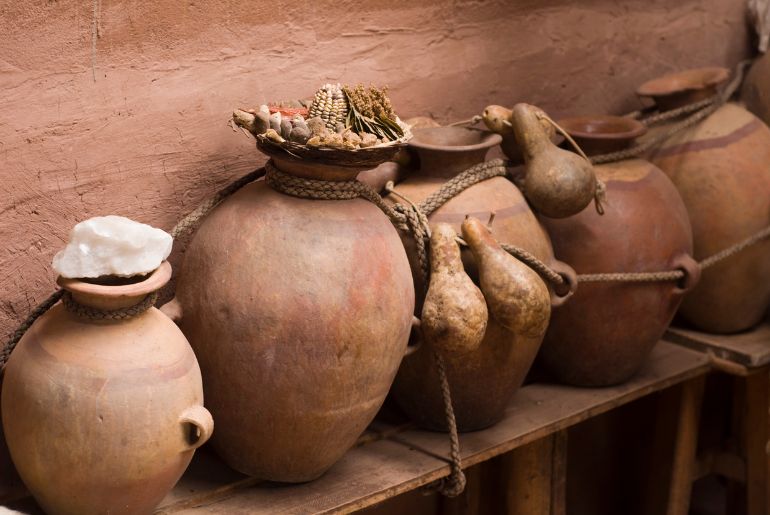Cultures around the world have various dietary practices and restrictions, which often include banned foods. These prohibitions are often rooted in religious, cultural, or ethical beliefs, and can vary significantly from one culture to another. One such is Chicha, an alcoholic beverage in Columbia that used to be an integral part of social gatherings, religious ceremonies, and daily life for centuries. However, the drink eventually saw its decline.
What Is Chicha?

The origins of chicha can be traced back to ancient civilizations such as the Inca, Maya, and Aztec, who cultivated and consumed corn as a staple crop. Chicha was initially created as a way to honour the gods and connect with the spiritual world.
It was often prepared by the priestesses or shamans, who believed that the fermentation process transformed the corn into a sacred elixir. In this way, chicha became an essential element of religious rituals and ceremonies, symbolising fertility, abundance, and the cycle of life.
The process of making chicha begins with the selection and preparation of the corn. The grains are soaked in water, often with the addition of herbs or spices. Then they are left to ferment for a specific period. The resulting liquid is then strained and served, sometimes with the addition of fruits, honey, or other flavourings.
Traditionally, chicha was consumed in communal settings. It was consumed when people gathered to celebrate festivals, weddings, or other important events. Large clay pots or jars were used to store and serve the beverage. These gatherings provided an opportunity for social bonding, storytelling, and the preservation of cultural traditions. In some communities, it was also used as a form of hospitality, with hosts offering the beverage to visitors as a sign of respect and friendship.
Also Read: Mahua: A Traditional Liquor, Once Banned By The British, Now Finds Relevance In Modern India
Why It’s Popularity Declined

Chicha, however, saw its decline in Colombia. The drink started to be seen with disorderliness in human behaviour. The government and several social groups connected chicha to bad hygiene, moral decline, and criminality. The government’s efforts to eliminate chicha and this unfavourable impression both played a part in the stigmatisation of the drink in Colombia.
Each region and culture has its own variations of chicha, resulting in a diverse array of flavours and brewing techniques. For example, in Peru, chicha de jora is one of the most well-known types, made from germinated corn.
In Ecuador, chicha is often prepared using purple corn. This gives it a vibrant colour and a distinctive taste. Other countries, such as Bolivia and Colombia, have their own unique styles and ingredients that contribute to the diverse chicha traditions across the region.
Cover image credits: Wikimedia Commons




